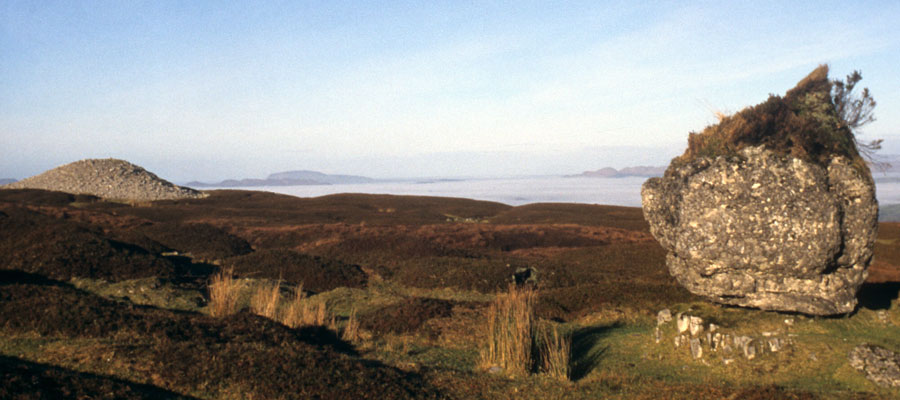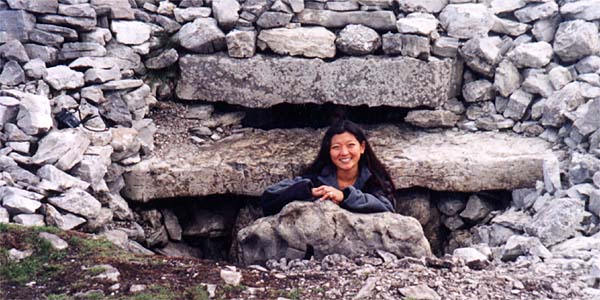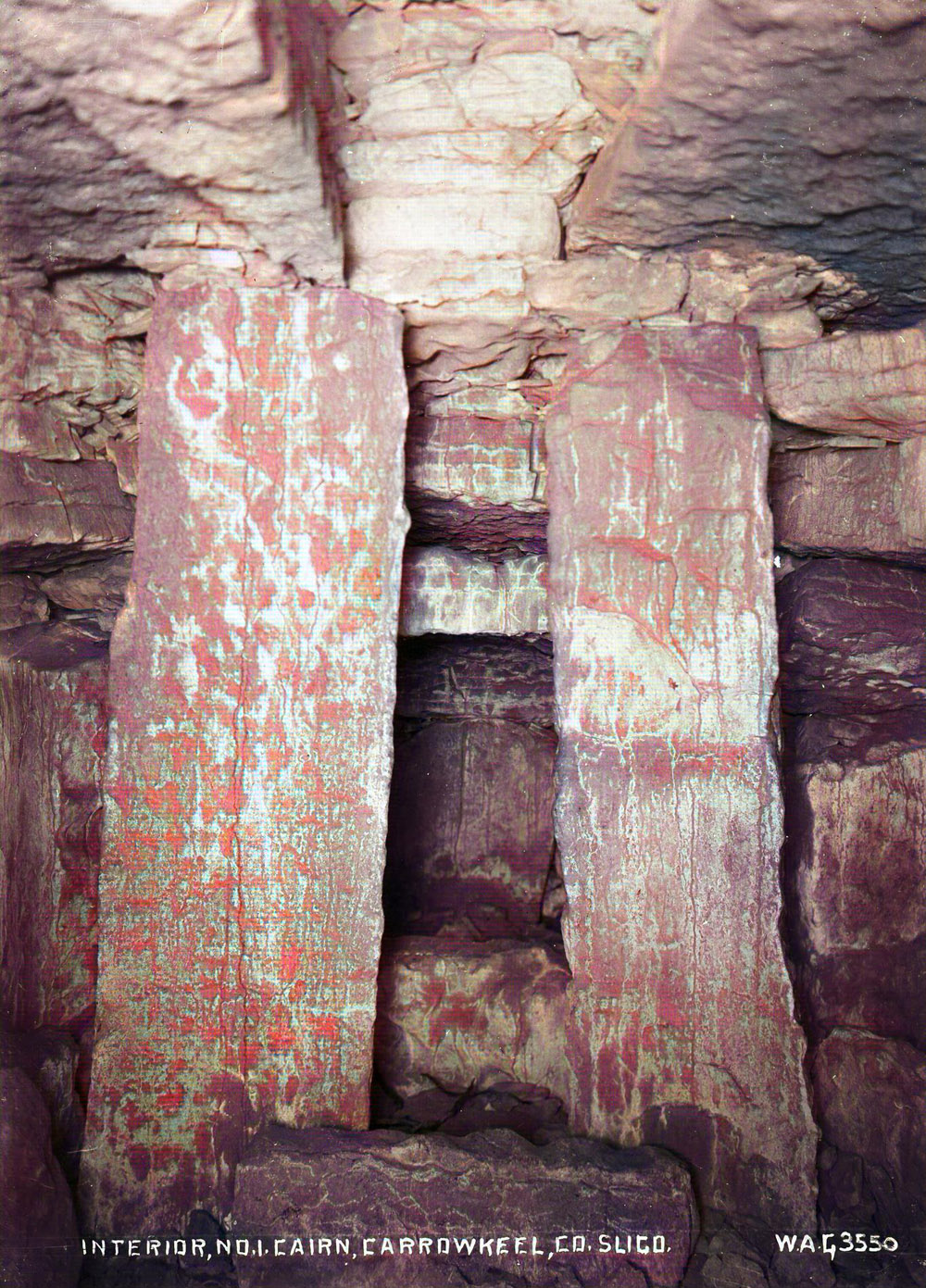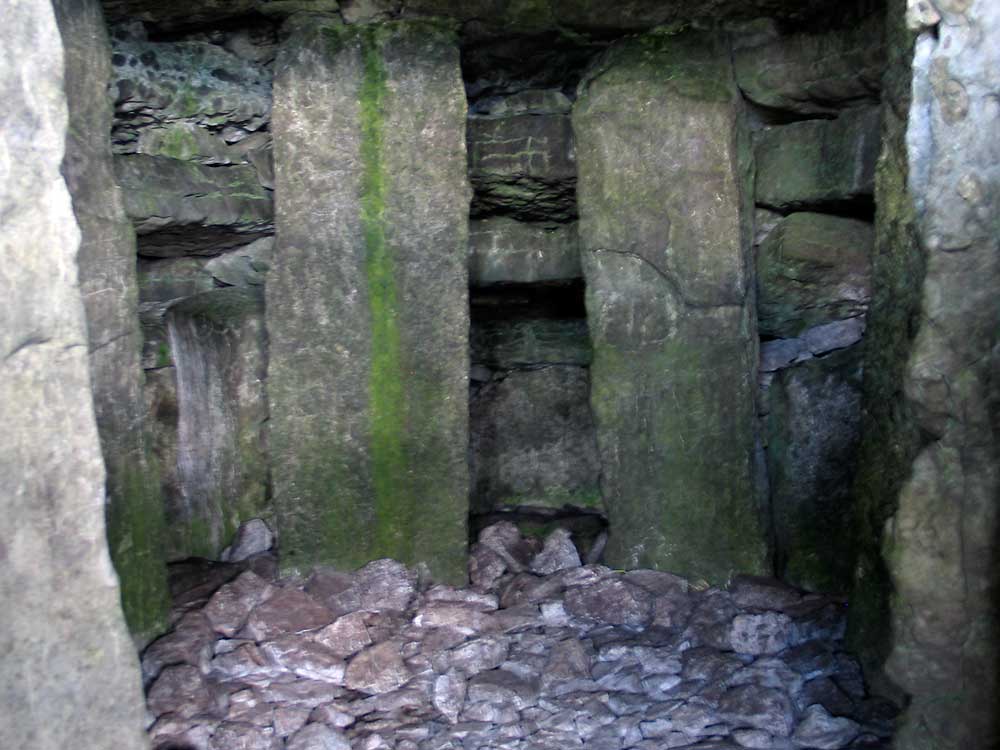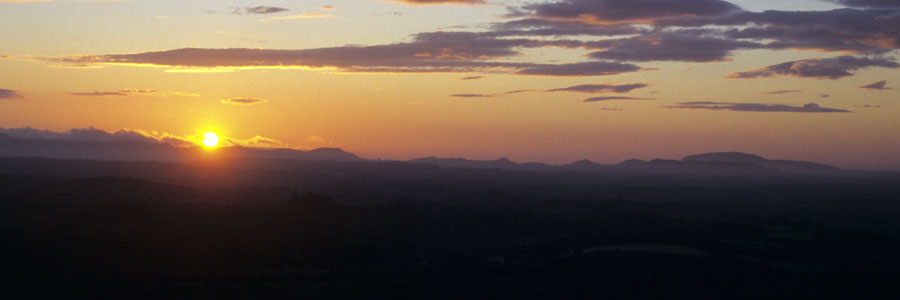Cairn G
In the first cairn opened (G) there was an entrance passage, a polygonal central chamber, and three polygonal cells around it, evenly disposed. Several sill-stones divided up the entrance passage, and a sill seperated the central chamber from each of the side chambers. Between the sill-stones, each section of the floor was paved with a large slab.
The roof was formed of large overlapping slabs, sloping outwards. It was a most symmetrical and beautiful piece of architecture. I had the privilege of being the first to crawl down the entrance-passage, and I did so with no little awe. I lit three candles and stood awhile, to let my eyes accustom themselves to the dim light.
There was everything just as the last Bronze Age man had left it, three to four thousand years before. A light brownish dust covered all. The central chamber was empty, but each of the three recesses opening from it contained much burnt bone debris, with flat stones on which bones had evidently been carried in, after the bodies had been cremated in strong fires outside.
There beads of stone, bone impliments made from Red Deer antlers, and many fragments of much decayed pottery. On little raised recesses in the wall were flat stones on which reposed the calcinated bones of young children. This brief description gives a sample of the construction and contents of the more complete cairns.
R. L. Praeger - The Way That I Went, 1937.
Cairn G was discovered by R. L. Praeger, who visited Carrowkeel in 1897 while cataloging rare orchids growing on the mountain. Praeger returned in 1911 with E. C. R. Armstrong and R. A. S. Macalister to excavate the cairns.
Cairn G is the first cairn the visitor meets oon the main ridge at Carrowkeel. The cairn is situated at 290 metres above sea level on the north end of Carrowkeel Mountain. It is the best preserved of the Carrowkeel monuments, being a classic example of a cruciform Irish passage-grave, little disturbed over the last 5,500 years or so.
However, an increase in modern tourism has seen many people visiting Carrowkeel and climbing on the cairns, which has led to erosion and damage to the monuments. If you do visit this wonderful site, please remember that these are ancient and unique buildings, and help to preserve them for future generations by not climbing on them.
The most exciting feature found at this monument is the roofbox and the alignment towards the midsummer sunset which are described on the next page.
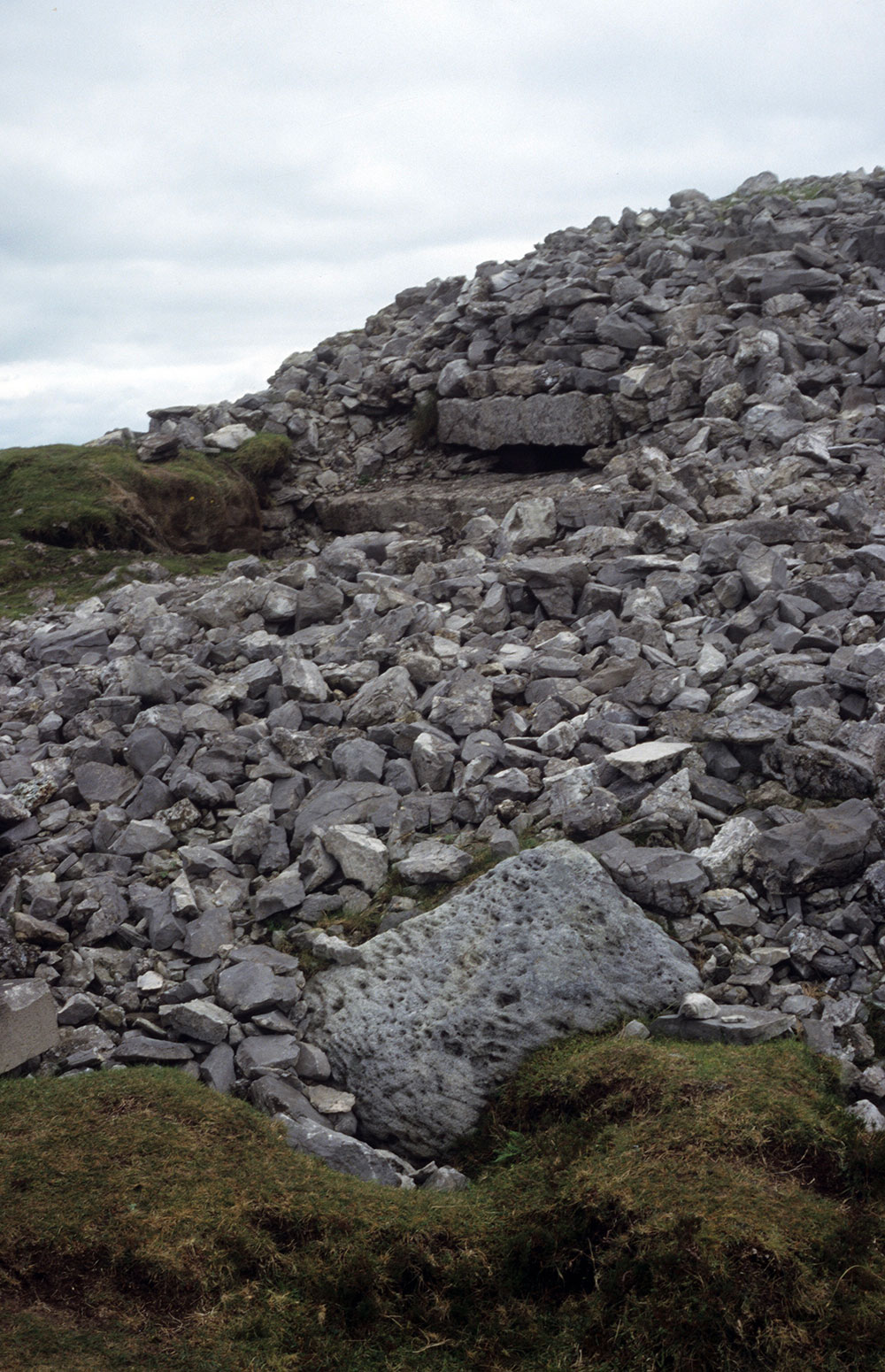
There is a fine wide panaroma directed to the north and north-west with Knocknarea and its great cairn dominating the north, and Kesh Corran to the west, with Croagh Patrick clearly visible in the south-west on a clear day. The view to the east is almost like a stage set with Lough Arrow and Moytura in the foreground, and the Arigna Mountains and Sliabh an Iarainn behind them.
The base of the cairn and most of the north face are buried under a thick layer of blanket bog, with one kerbstone, a gneiss boulder, visible west of the entrance. These monuments were built long before the peat formed, and the terrain of Carrowkeel was probably something like the Burren is today. The diameter of the cairn is given as 21 metres. There is a large flat flag on the western side, which presumably covers a stone coffer or cist like the one found to the east of Cairn K.

